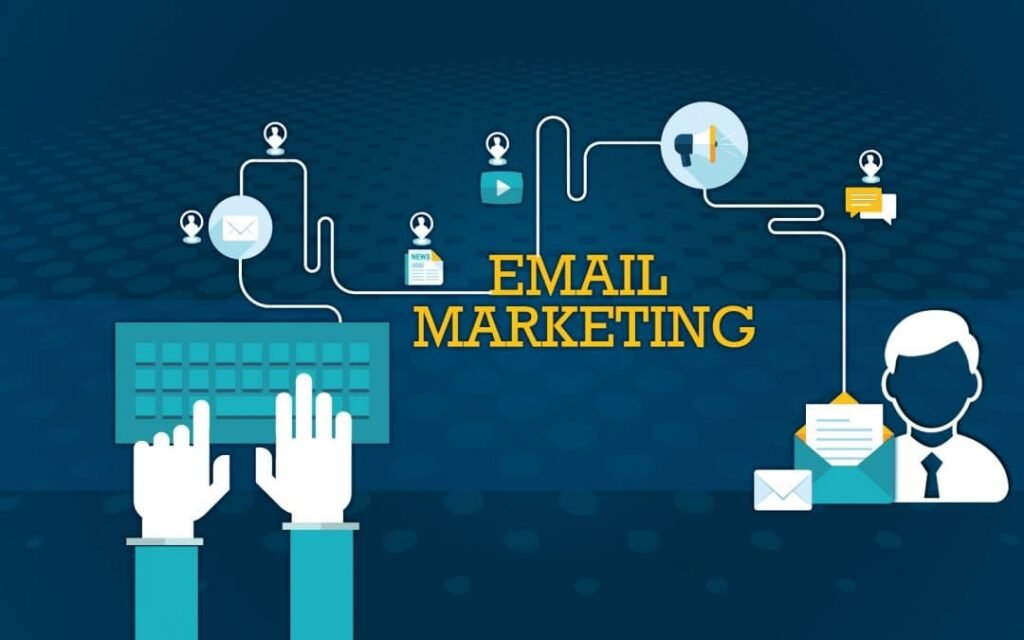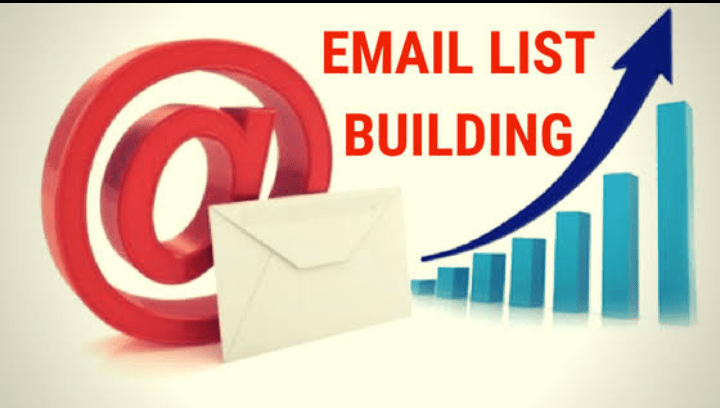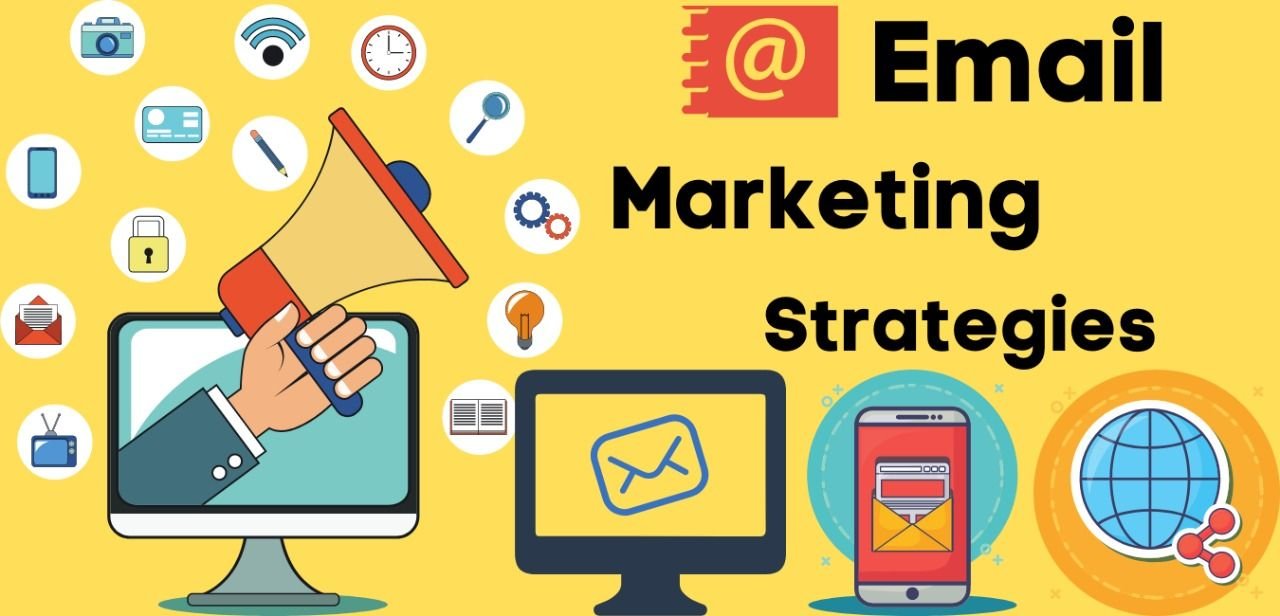Table of Contents

Email marketing has solidified its position as a cornerstone in modern marketing strategies. Its unrivaled capability to directly reach a targeted audience in their inbox presents unparalleled opportunities for engagement, conversion, and relationship building.
In this comprehensive article, we delve into the intricate world of email marketing, covering every aspect from the foundational steps of building a robust subscriber list to the nuanced strategies of crafting compelling content and analyzing campaign performance.
Whether you’re a seasoned marketer seeking to refine your email tactics or a newcomer eager to harness the potential of this dynamic platform, join us as we navigate through the ins and outs of email marketing, unlocking its vast potential for driving brand awareness, nurturing leads, and fostering long-term customer loyalty.
Introduction
In today’s digital age, where consumers are bombarded with advertisements and promotions across various channels, email marketing emerges as a steadfast and efficient means to engage with your audience. Unlike the unpredictable nature of social media algorithms or the fleeting visibility of display advertising, email marketing offers a direct and personalized approach to connect with subscribers. By delivering tailored messages straight to their inboxes, you can bypass the noise of competing content and establish a more intimate relationship with your audience.
With the ability to segment your email list based on demographics, behavior, or preferences, you can ensure that each message resonates with its intended recipients. Moreover, email marketing provides valuable insights into subscriber engagement, allowing you to refine your strategies and optimize future campaigns for even greater effectiveness. In essence, amidst the digital clamor, email marketing remains a reliable beacon of connection, offering a direct line to your audience’s attention and loyalty.
Building an Email Marketing List
Building a strong and engaged subscriber list is essential for the success of any email marketing campaign. But how exactly do you go about constructing such a list? There are numerous effective strategies you can implement to attract subscribers and encourage them to engage with your content. One approach is to offer incentives, such as exclusive discounts or freebies, in exchange for email sign-ups. These incentives not only provide immediate value to potential subscribers but also serve as an enticing reason for them to join your mailing list.
Additionally, creating compelling lead magnets, such as e-books, webinars, or downloadable resources, can attract individuals who are interested in your niche or industry. By offering valuable content that addresses their needs or pain points, you can capture their attention and encourage them to subscribe to your emails.
However, it’s important to prioritize quality over quantity when building your subscriber list. Focus on attracting subscribers who are genuinely interested in your brand and content, rather than simply aiming to accumulate a large number of email addresses. This ensures that your emails are delivered to an engaged audience who is more likely to open, read, and act upon your communications. Finally, always ensure that your subscribers have opted in to receive emails from you, in compliance with data protection regulations and best practices. This not only helps maintain a positive sender reputation but also fosters trust and transparency with your audience, ultimately leading to stronger and more meaningful relationships.

Creating Compelling Content
Once you’ve successfully built your email list, the next crucial step is to create compelling content that truly connects with your audience and motivates them to take action. This process begins with crafting attention-grabbing subject lines that pique the curiosity of recipients and compel them to open your emails. Once you’ve captured their attention, it’s essential to design visually appealing emails that are not only aesthetically pleasing but also easy to read and navigate.
Incorporating multimedia elements such as eye-catching images and engaging videos can further enhance the effectiveness of your emails, making them more engaging and memorable for your subscribers. By consistently delivering valuable and relevant content that resonates with your audience’s interests and needs, you can build stronger relationships, drive engagement, and ultimately, achieve your email marketing goals.
Segmentation and Personalization
In the ever-evolving landscape of email marketing, the days of sending generic email blasts to your entire subscriber list are long gone. Today’s consumers crave personalized communications that speak directly to their individual needs, preferences, and interests. Enter segmentation and personalization: two powerful strategies that can revolutionize your email marketing efforts. By strategically dividing your email list into smaller, targeted segments based on a variety of factors such as demographics, purchase history, browsing behavior, or engagement level, you can tailor your messaging to resonate with each recipient on a deeper level.
Whether it’s crafting tailored promotions for loyal customers, recommending products based on past purchases, or delivering relevant content based on subscriber interests, segmentation and personalization enable you to deliver highly targeted and relevant messages that drive engagement, loyalty, and ultimately, conversions. Embracing these strategies allows you to build stronger relationships with your audience, increase brand loyalty, and ultimately, achieve greater success in your email marketing campaigns.
Automation and Drip Campaigns
Automation plays a pivotal role in enhancing the efficacy of email marketing strategies. By implementing automated email sequences or drip campaigns, you can deliver timely and relevant messages to your subscribers, tailored to their actions or behaviors. For instance, you could initiate a series of welcoming emails to greet new subscribers warmly, or craft follow-up messages for customers who abandoned their shopping carts, nudging them towards completing their purchase.
Embracing automation not only streamlines your workflow but also fosters consistent and personalized communication with your audience, ultimately nurturing stronger connections and driving better results for your business.

Analyzing and Optimizing
One of the most significant advantages of email marketing lies in its capability to track and analyze campaign performance in real-time. This invaluable feature allows marketers to delve deep into the metrics, such as open rates, click-through rates, and conversion rates, providing insights into the effectiveness of their strategies.
By closely monitoring these metrics, businesses can gain a comprehensive understanding of their audience’s behavior and preferences, enabling them to make informed decisions to enhance future campaigns. Whether it involves refining subject lines to boost open rates, adjusting send times for optimal engagement, or fine-tuning targeting strategies for better segmentation, the ability to leverage data-driven insights empowers marketers to continually optimize their email campaigns and achieve improved results over time.
Ensuring Deliverability
Ensuring the success of your email campaigns goes beyond crafting compelling content; it hinges on reaching your subscribers’ inboxes reliably. Prioritizing deliverability is crucial in this regard. Avoid practices that might trigger spam filters, such as employing deceptive subject lines or sending emails from dubious domains.
Maintaining a clean email list is equally vital – regularly cull inactive or disengaged subscribers to enhance your list’s quality. Implementing double opt-in confirmation not only safeguards against spam but also ensures that only genuinely interested subscribers receive your emails, fostering a more engaged audience and ultimately driving better results for your email marketing efforts.
Integration with Other Marketing Channels
While email marketing is undeniably powerful on its own, its effectiveness can be further enhanced through integration with other marketing channels. For instance, leveraging email campaigns to drive traffic to your social media profiles or promote your latest blog post can significantly amplify your reach and engagement.
By crafting cohesive cross-channel campaigns, you create a seamless brand experience for your audience across various touchpoints, reinforcing your message and increasing the likelihood of conversion. This integration allows you to leverage the strengths of each channel, whether it’s the personalization and directness of email or the visual appeal and community engagement of social media, to create a holistic marketing strategy that delivers impactful results.
Compliance and Legal Considerations
Ensuring compliance with email marketing regulations is paramount for maintaining trust and avoiding legal repercussions. The General Data Protection Regulation (GDPR) and the Controlling the Assault of Non-Solicited Pornography And Marketing (CAN-SPAM) Act establish stringent guidelines for email communications.
Under GDPR, businesses must obtain explicit consent from individuals before sending them marketing emails and provide easy opt-out options. Similarly, CAN-SPAM requires marketers to include accurate sender information, provide recipients with the ability to unsubscribe, and refrain from deceptive or misleading subject lines. By understanding and adhering to these regulations, businesses can safeguard the privacy of their subscribers, foster trust, and mitigate the risk of costly penalties.
Also Read :- Social Media Marketing: A Comprehensive Guide
Conclusion
Email marketing continues to stand as a cornerstone of modern marketing strategies, valued for its unparalleled reach, customization options, and proven effectiveness. This comprehensive guide outlines essential steps to maximize the potential of your email campaigns. Beginning with the meticulous construction of a quality email list, you’ll cultivate a database of engaged subscribers primed to receive your messages. From crafting compelling content and eye-catching designs to strategic segmentation and personalization, every aspect of your email campaign is meticulously considered.
Furthermore, robust analytics tools empower you to dissect campaign performance, measure engagement metrics, and iterate on strategies for continual improvement. Crucially, staying compliant with evolving regulations ensures ethical and legal practices, safeguarding both your brand reputation and audience trust. Through diligent implementation of these strategies, you’ll harness the true power of email marketing, forging meaningful connections with your audience, fostering engagement, and ultimately achieving your business objectives.



Leave a Reply